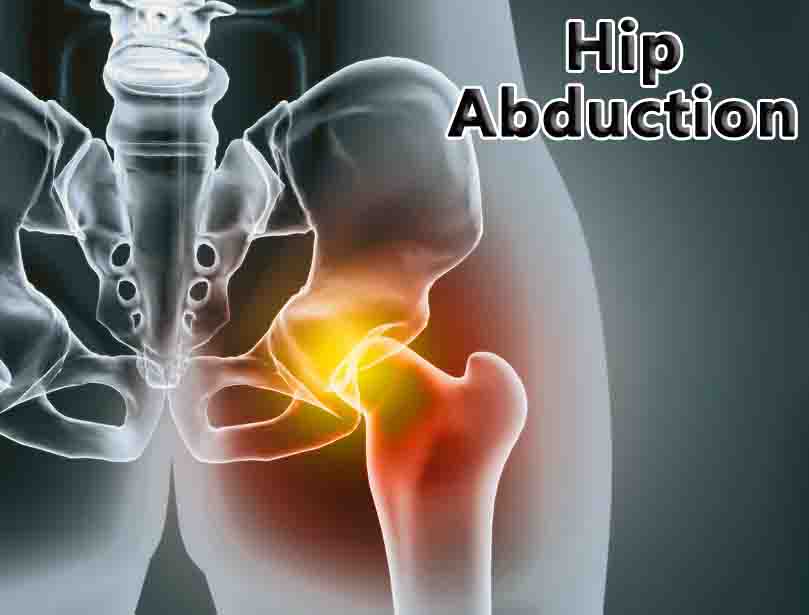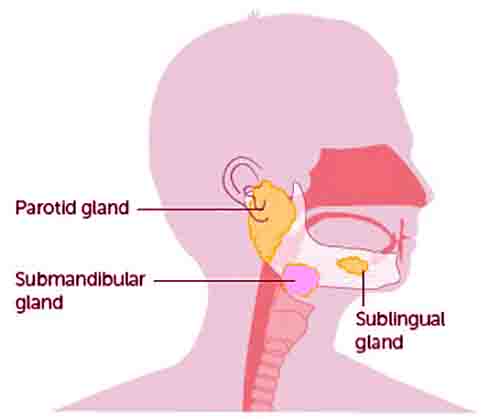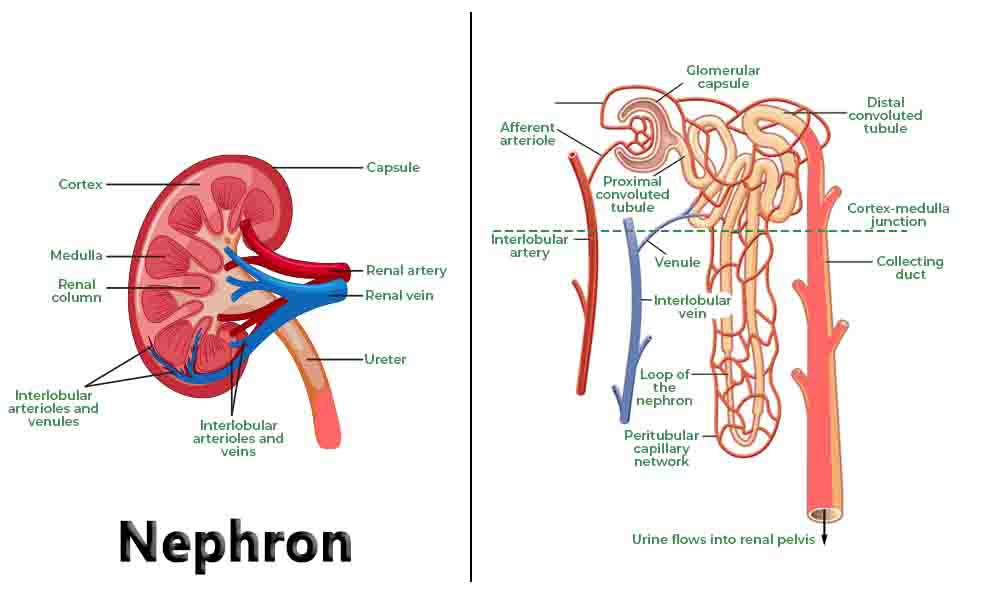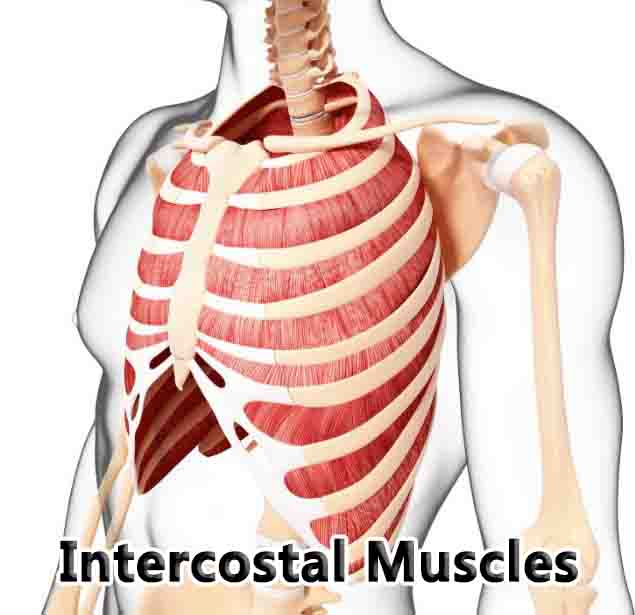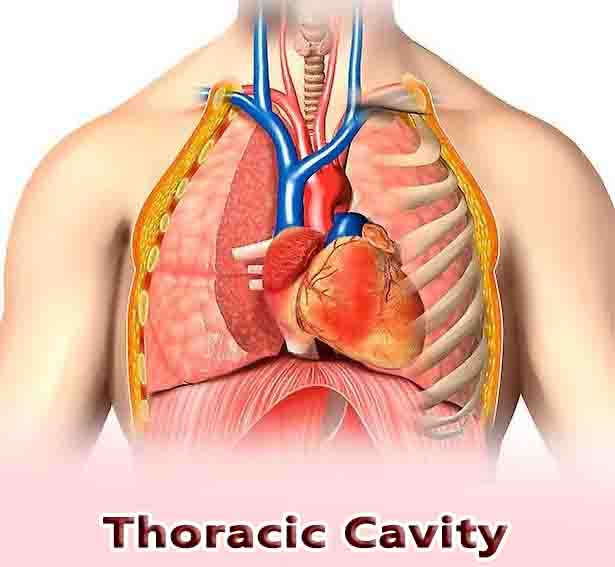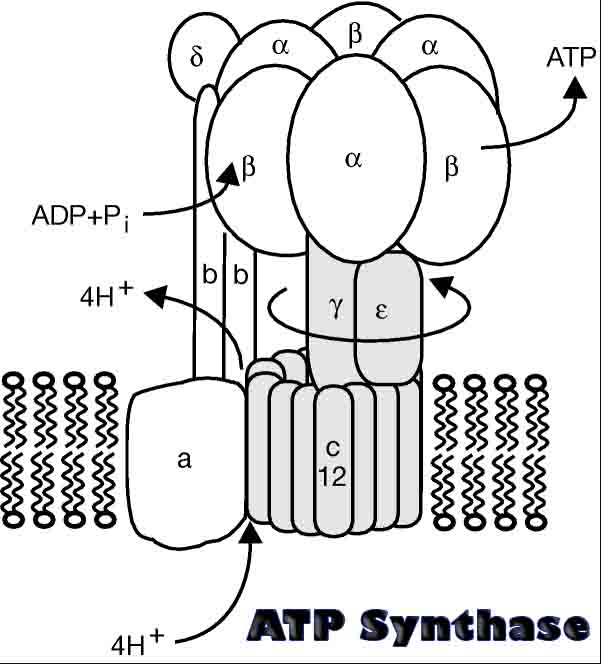5 Jobs with an Associate Degree in Business Administration
An associate degree in business administration can lead to jobs with a better than average pay rate. The degree leads to various types of business careers since everyone is impacted by the business field. Whether it’s a Fortune 500 company or a small, local boutique selling clothing, a business degree is essential for many career … Read more




